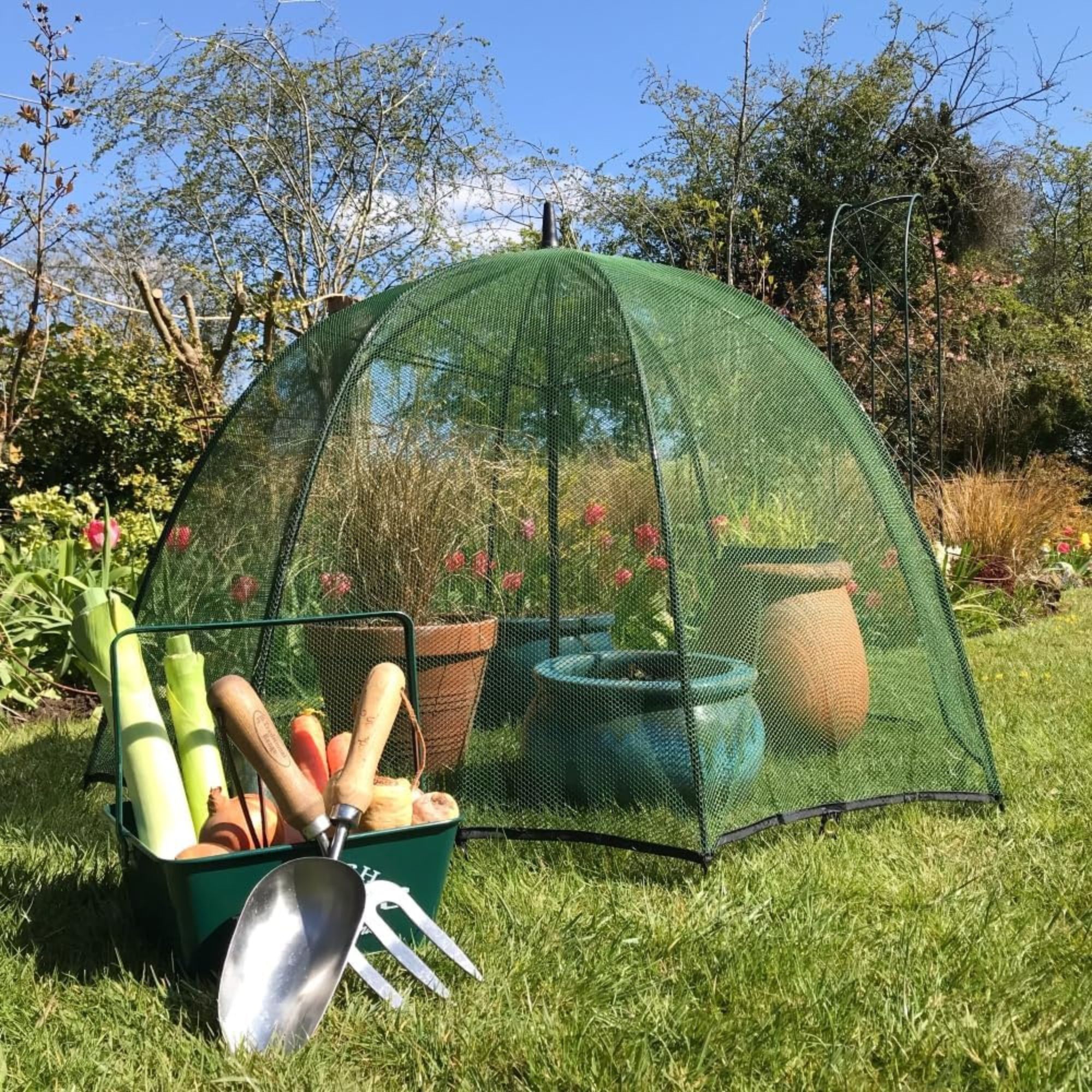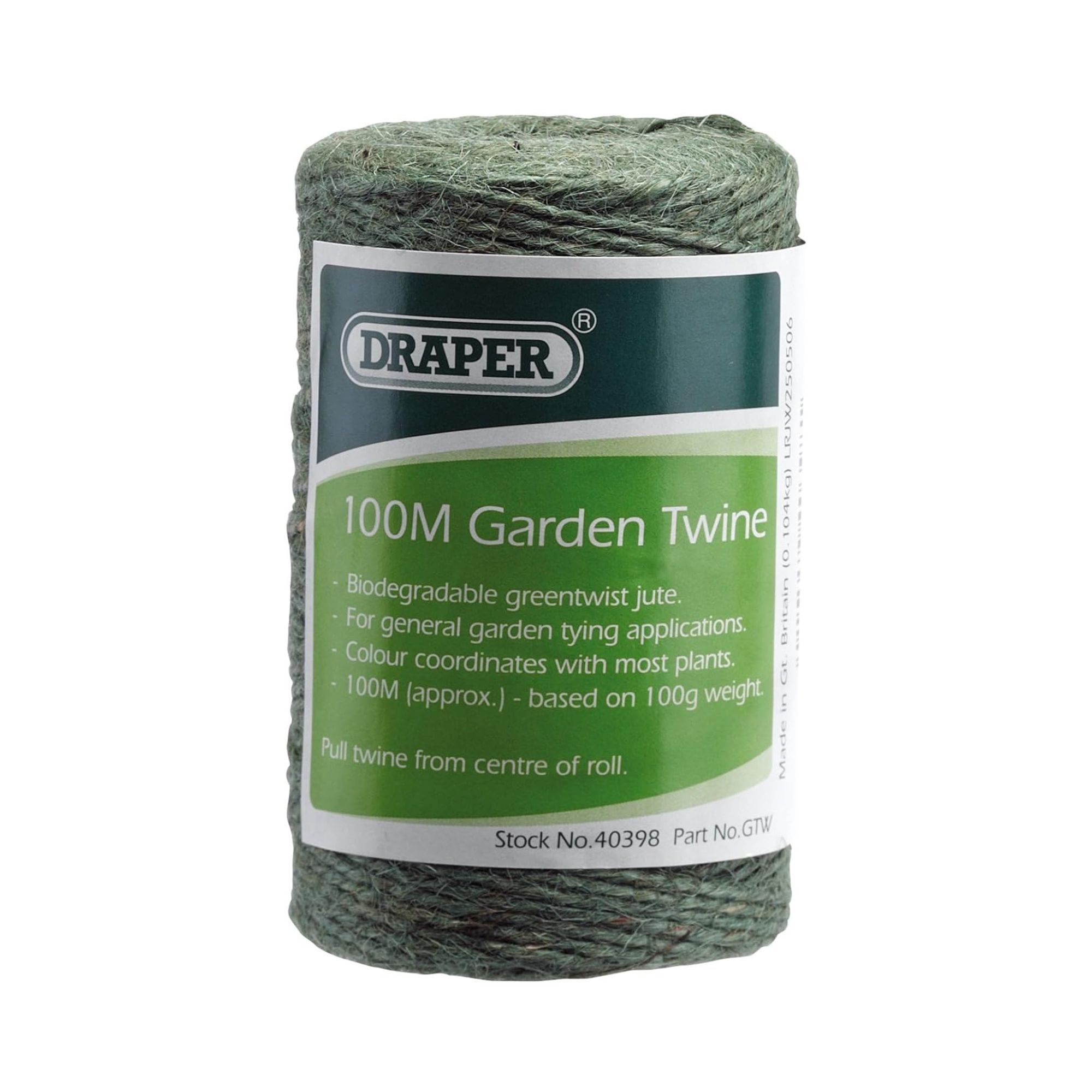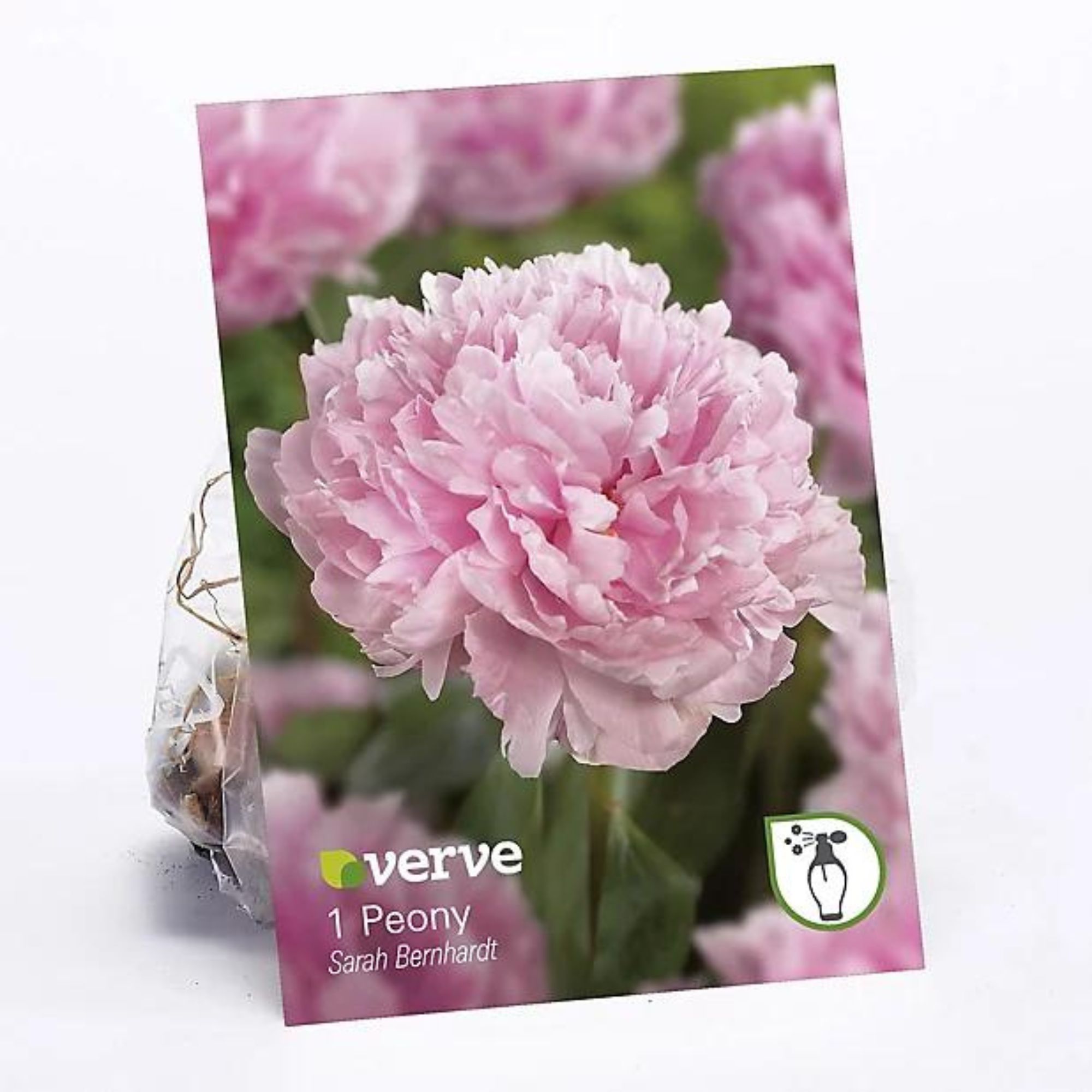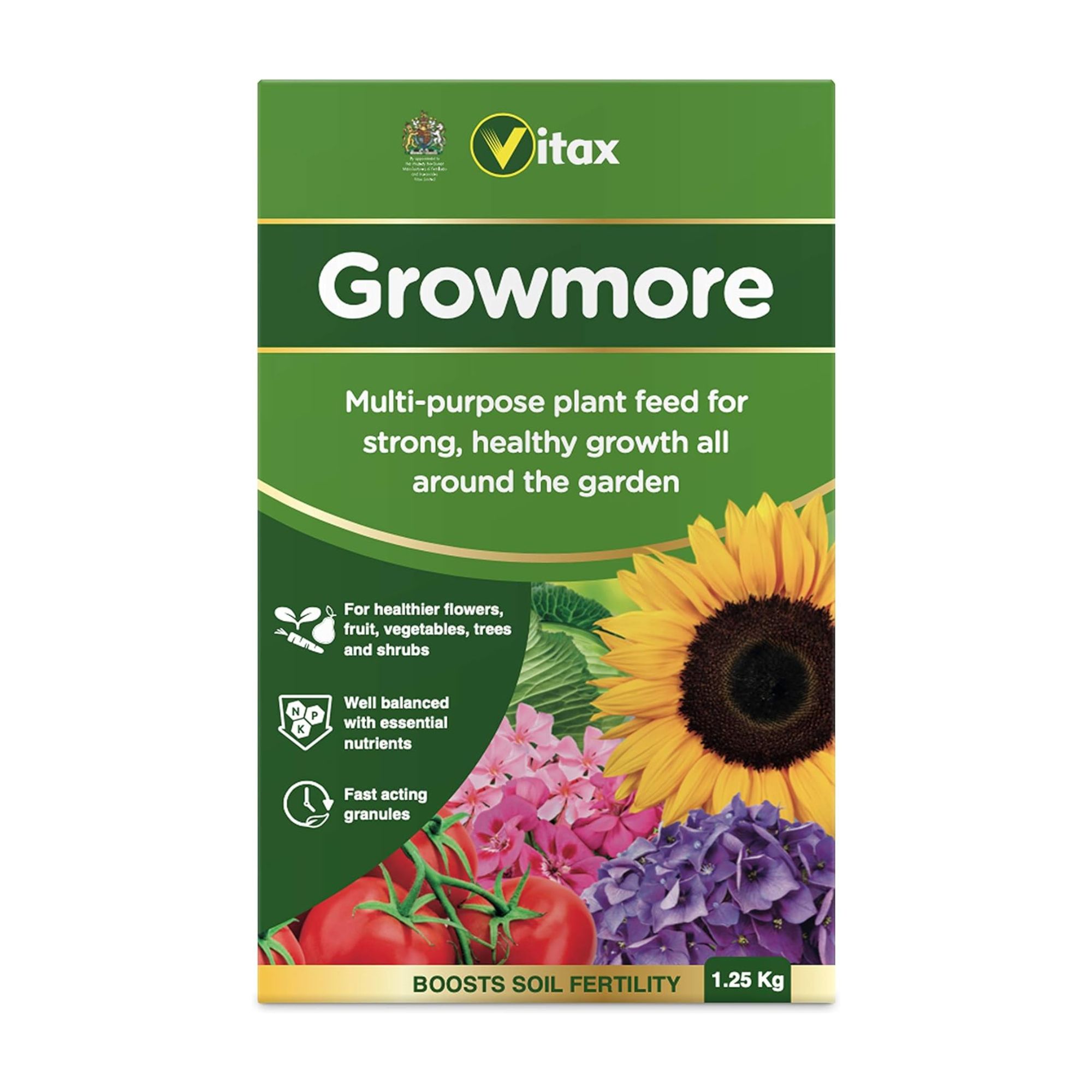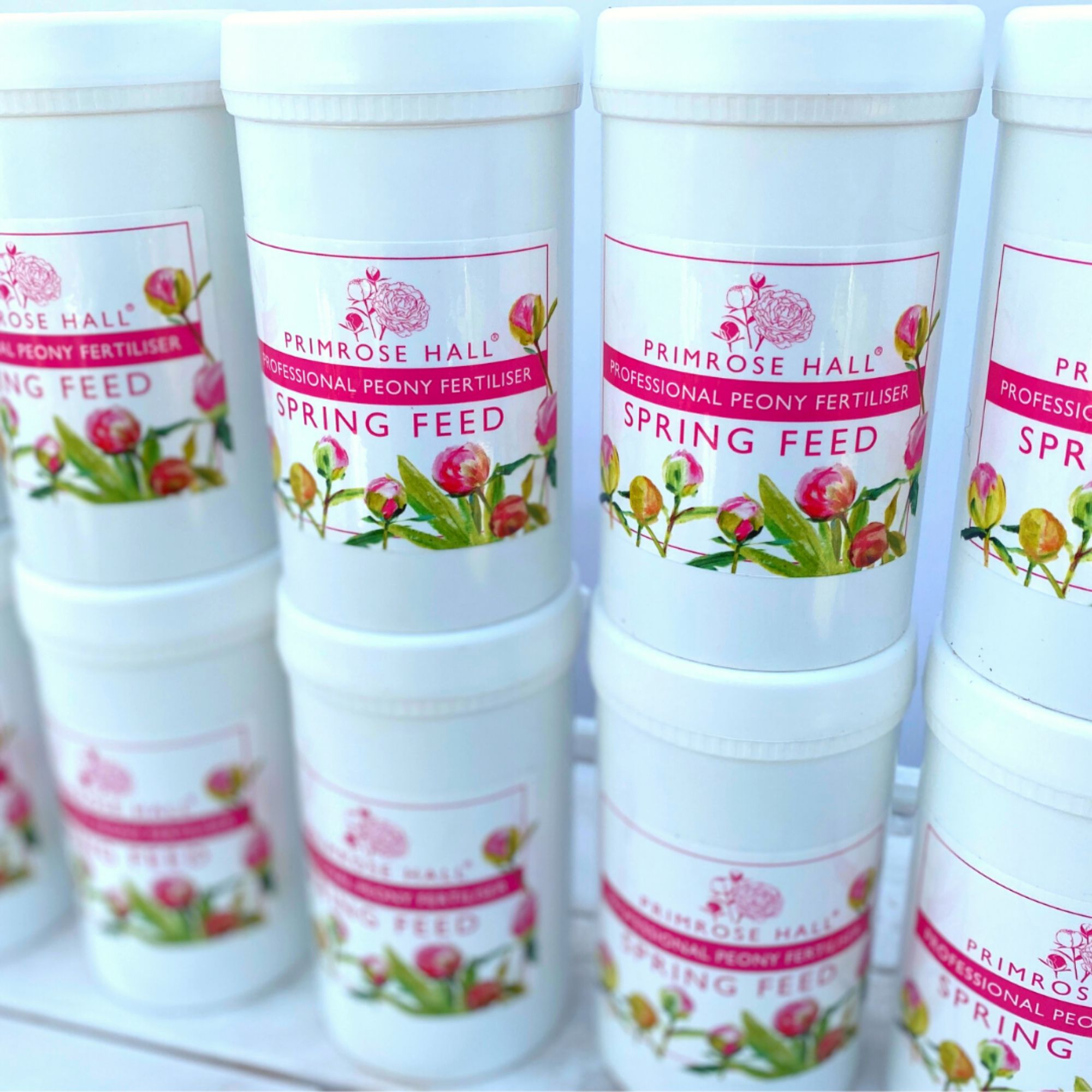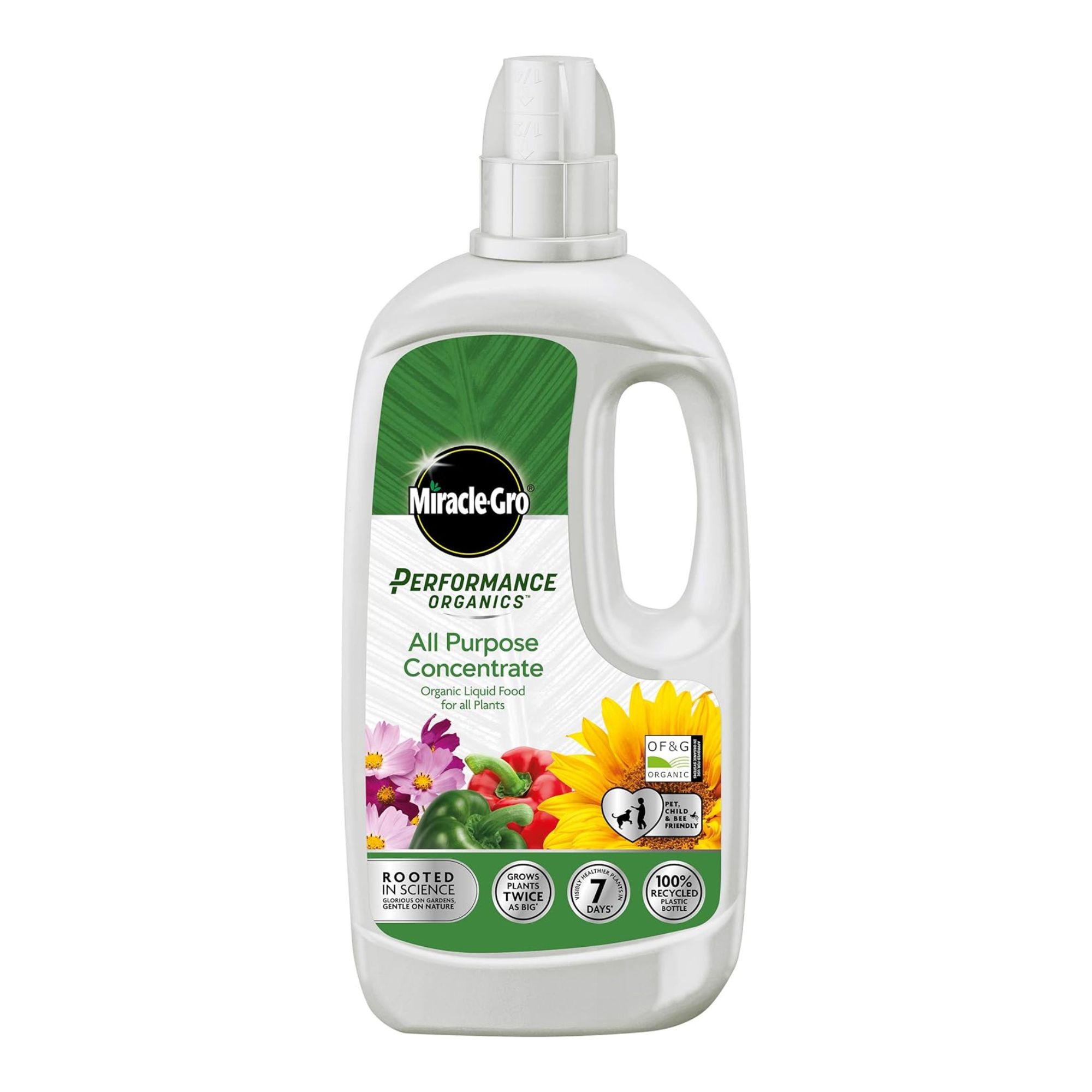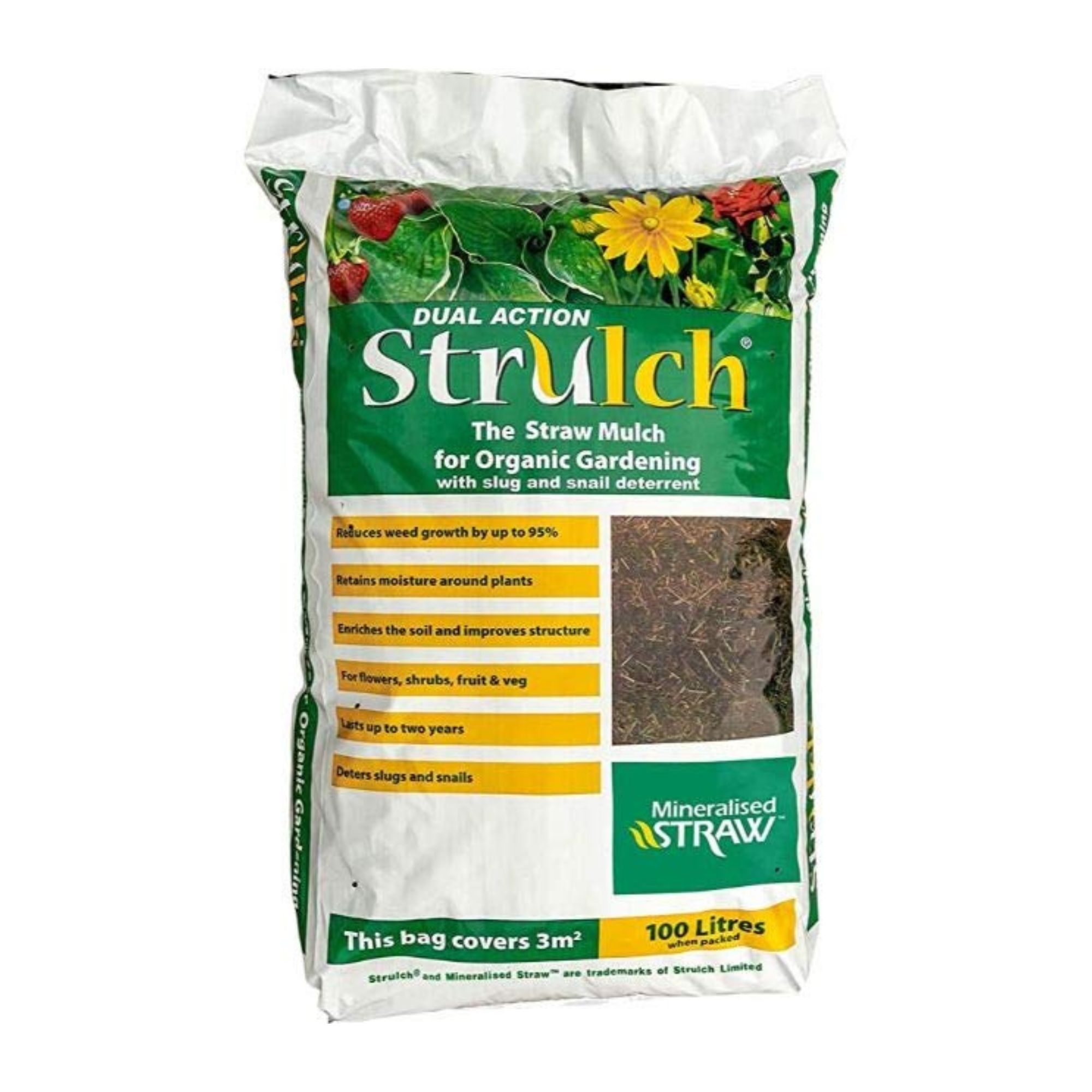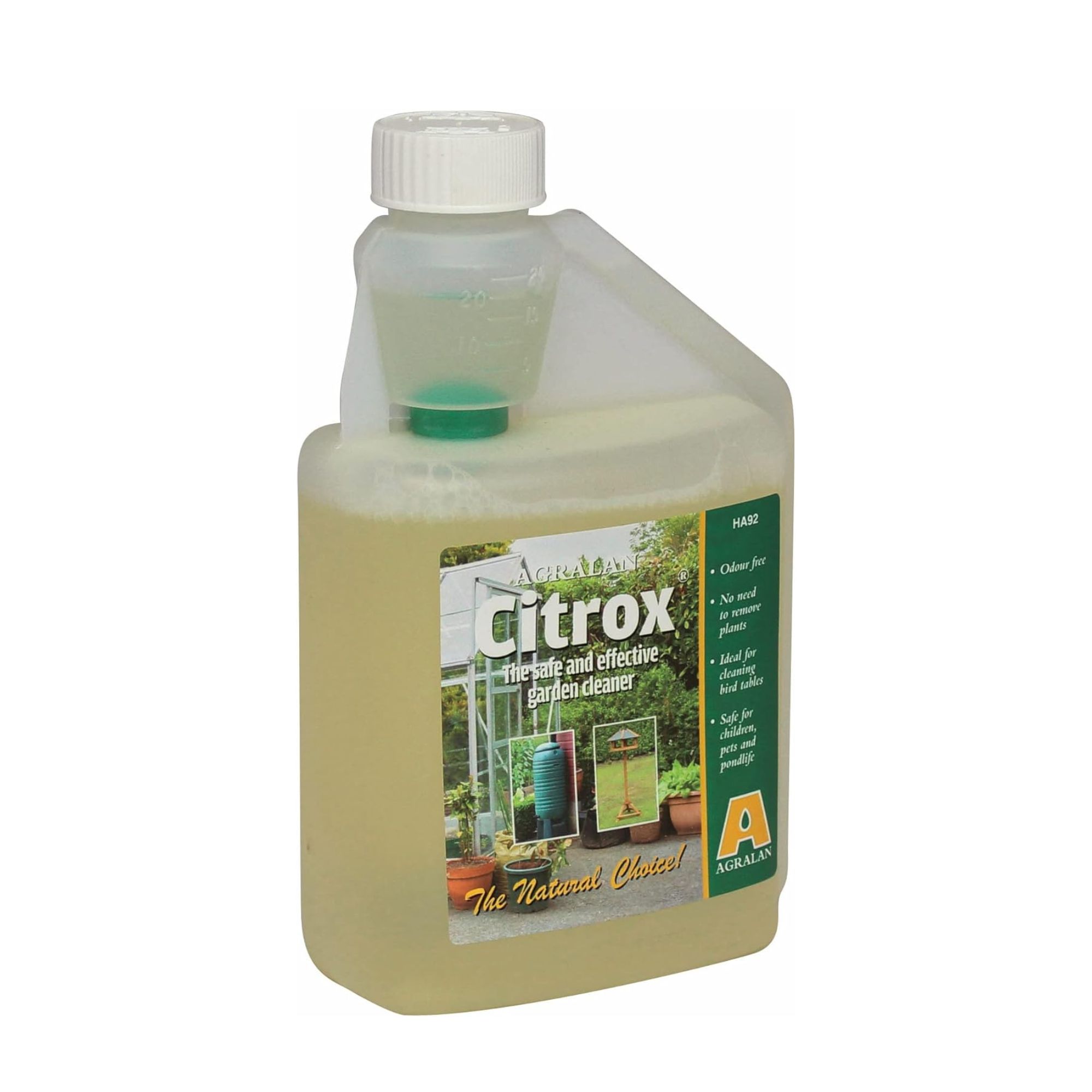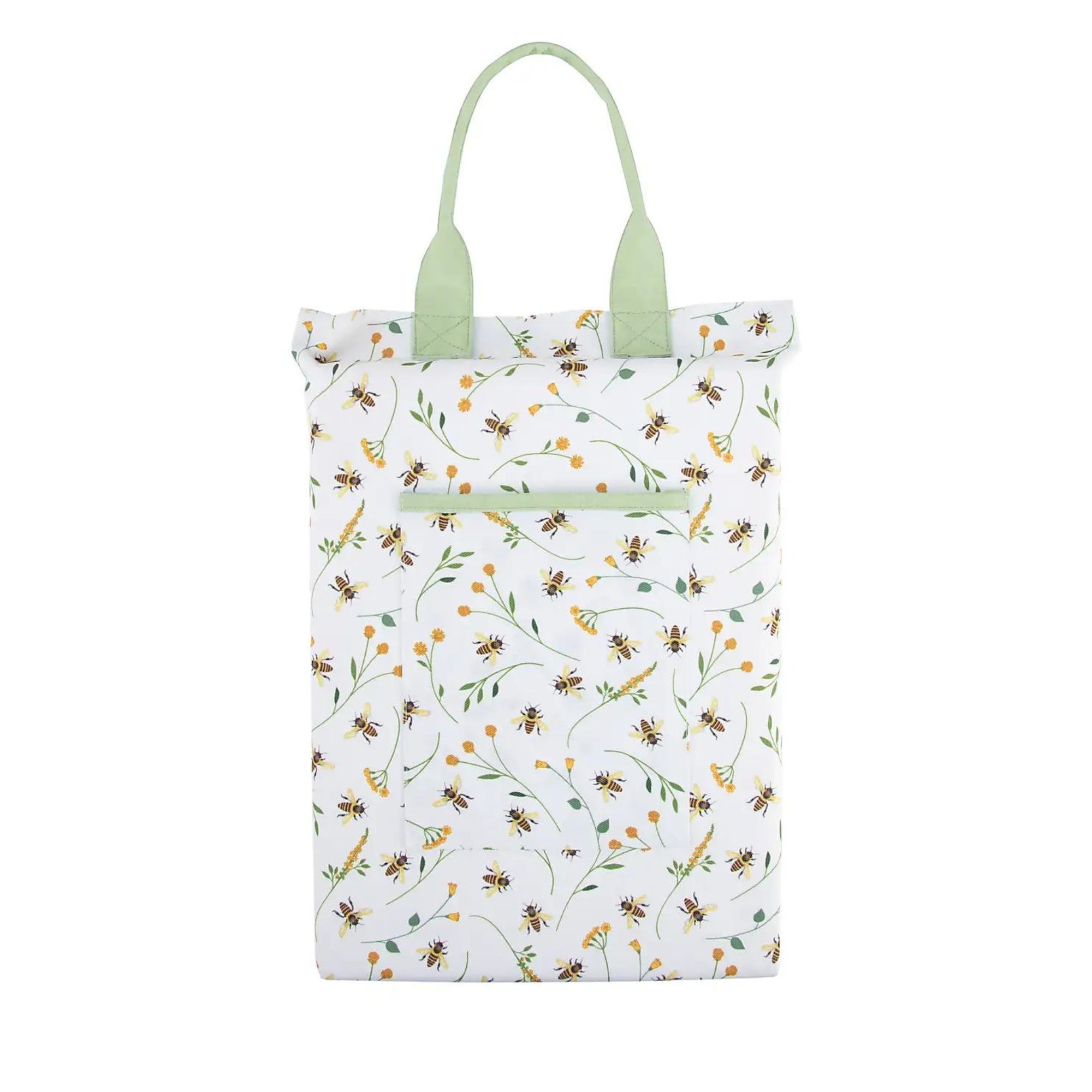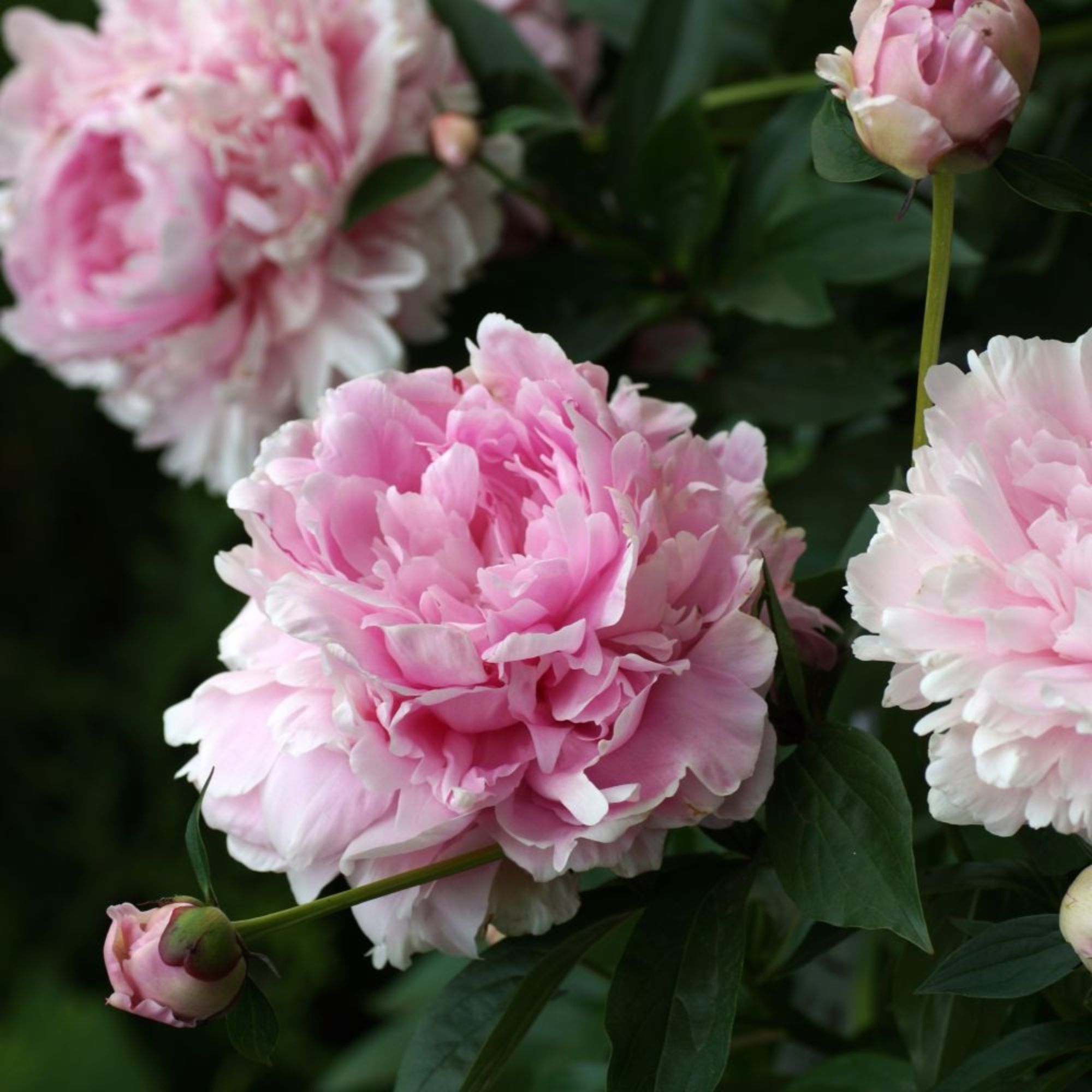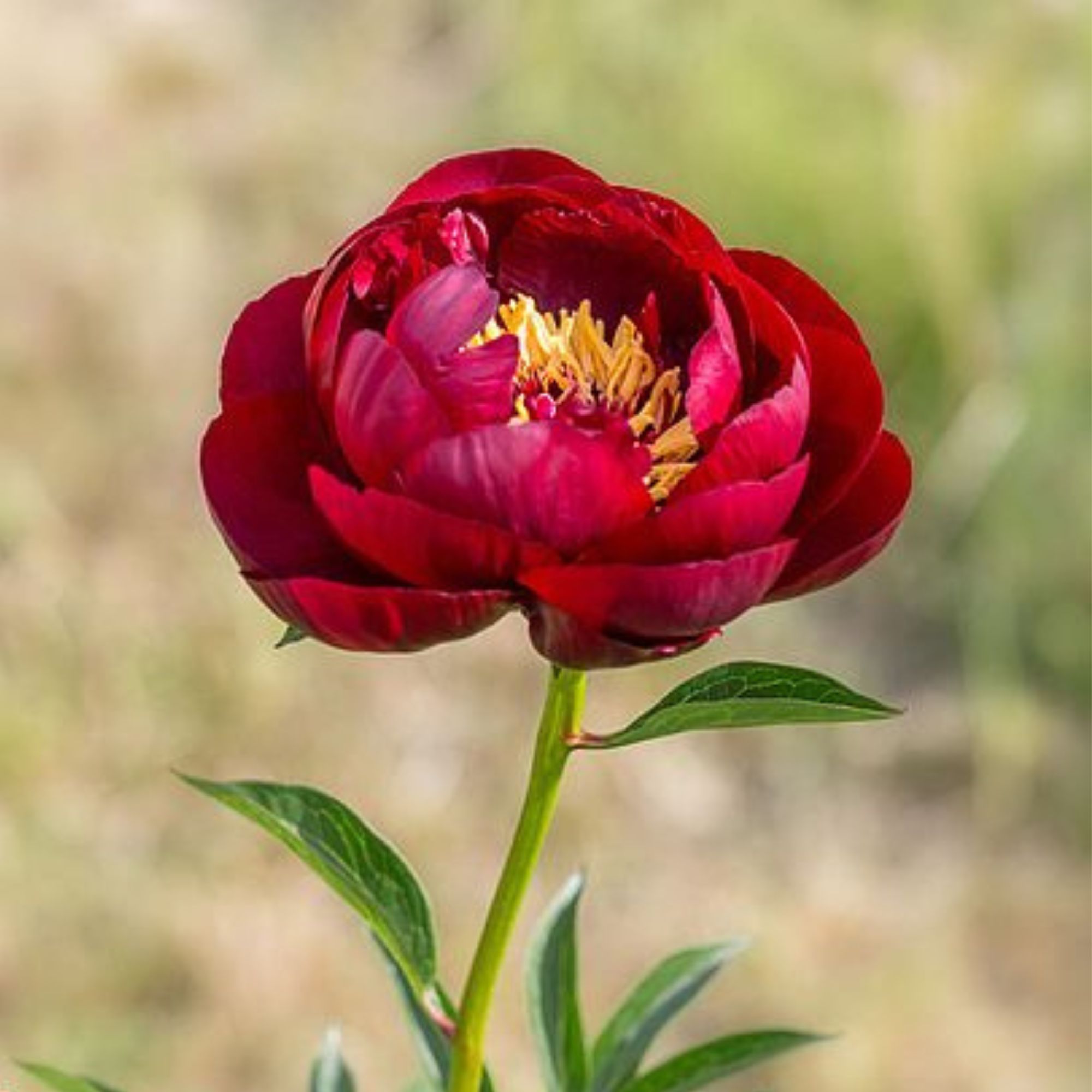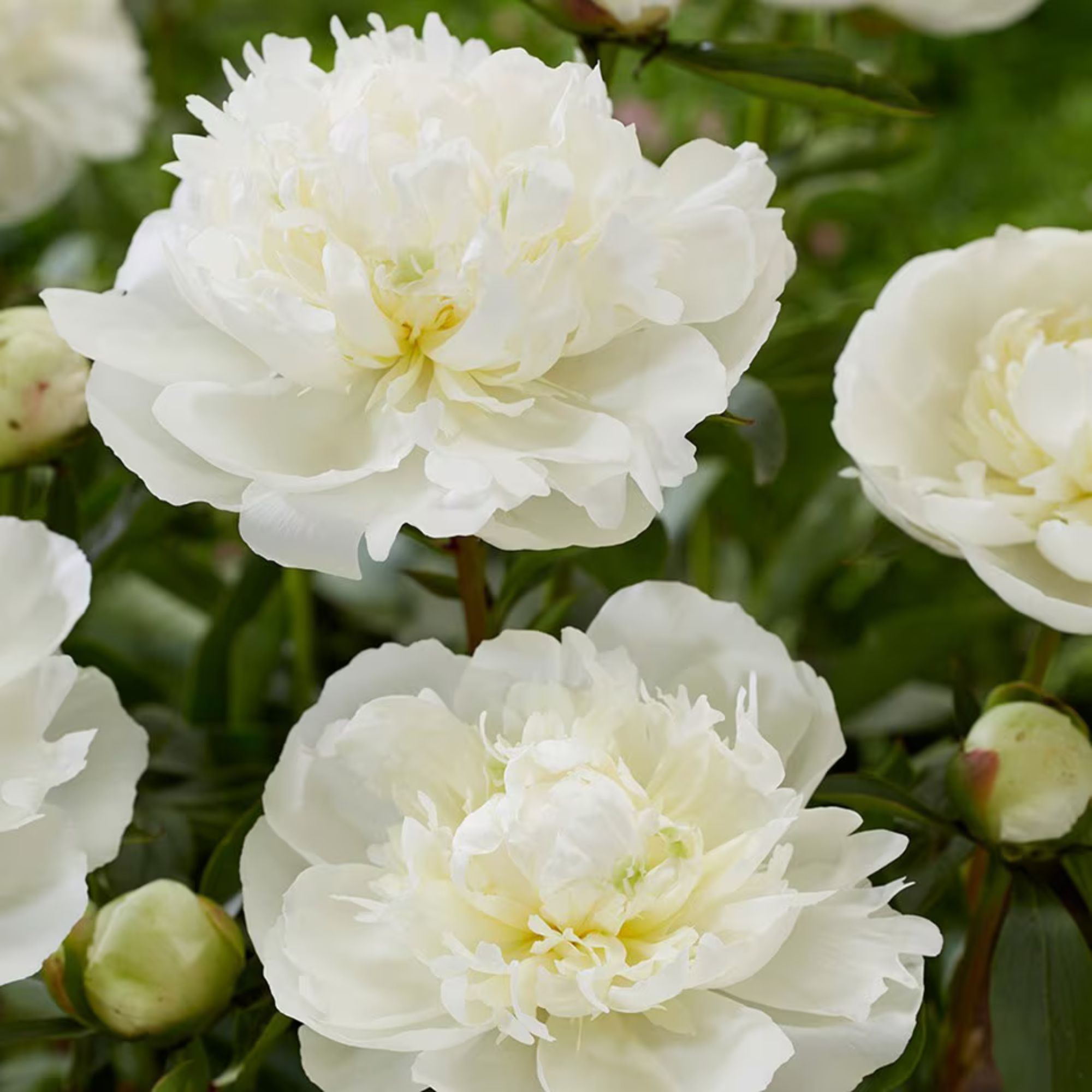7 expert-approved tips to keep peonies blooming for longer and extend this beautiful plant’s flowering season
If 7-10 days just isn’t enough, check out these peony hacks
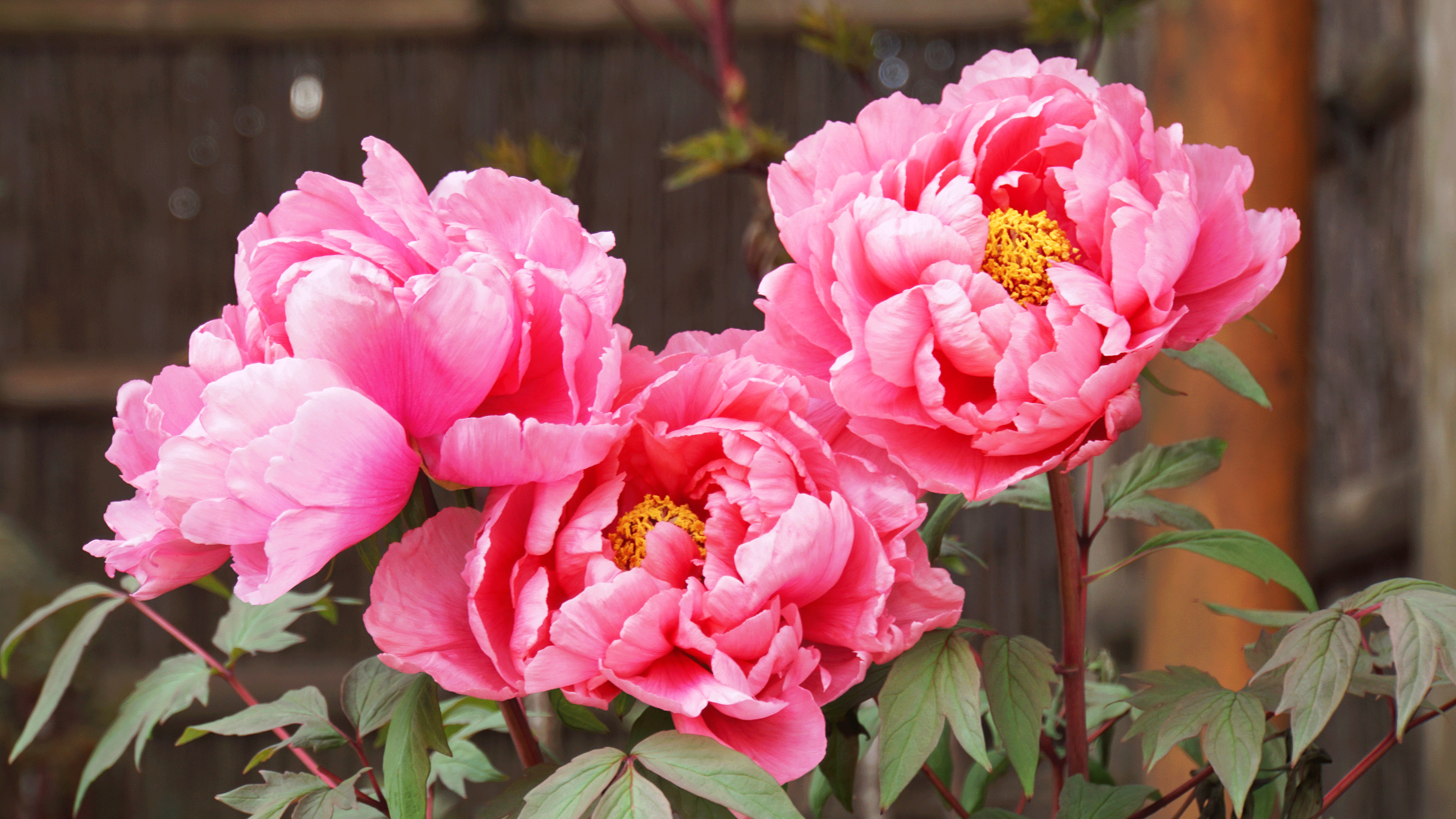

If you’re as obsessed with peonies as we are (which is very obsessed), there’s a high chance you would do anything to have a garden filled with peonies year-round. And while that’s sadly not possible, it is possible to keep peonies blooming for longer… if you know the tricks of the trade.
Of course, knowing how to grow peonies is the first step to turning your garden into a peony haven. But knowing how long peonies take to bloom and how long they bloom for are also handy pieces of knowledge to have in your back pocket. After all, peonies only tend to flower for around 7-10 days.
But if you’re trying to bring your cottage garden dreams to life, 7-10 days just isn’t enough. That’s why we’ve spoken to gardening experts for their top tips on extending the life of your peonies, and it turns out that there are many ways to keep peonies blooming for longer.
How to keep peonies blooming for longer
‘While peonies flower for only a short period, they are worth the wait because they are one of the most pretty early summer flowers to grow,’ explains Morris Hankinson, director of Hopes Grove Nurseries. But if you want to make the most of these beautiful blooms, these 7 expert-approved tips will keep your peonies blooming for longer and extend their flowering period.
1. Protect from harsh weather
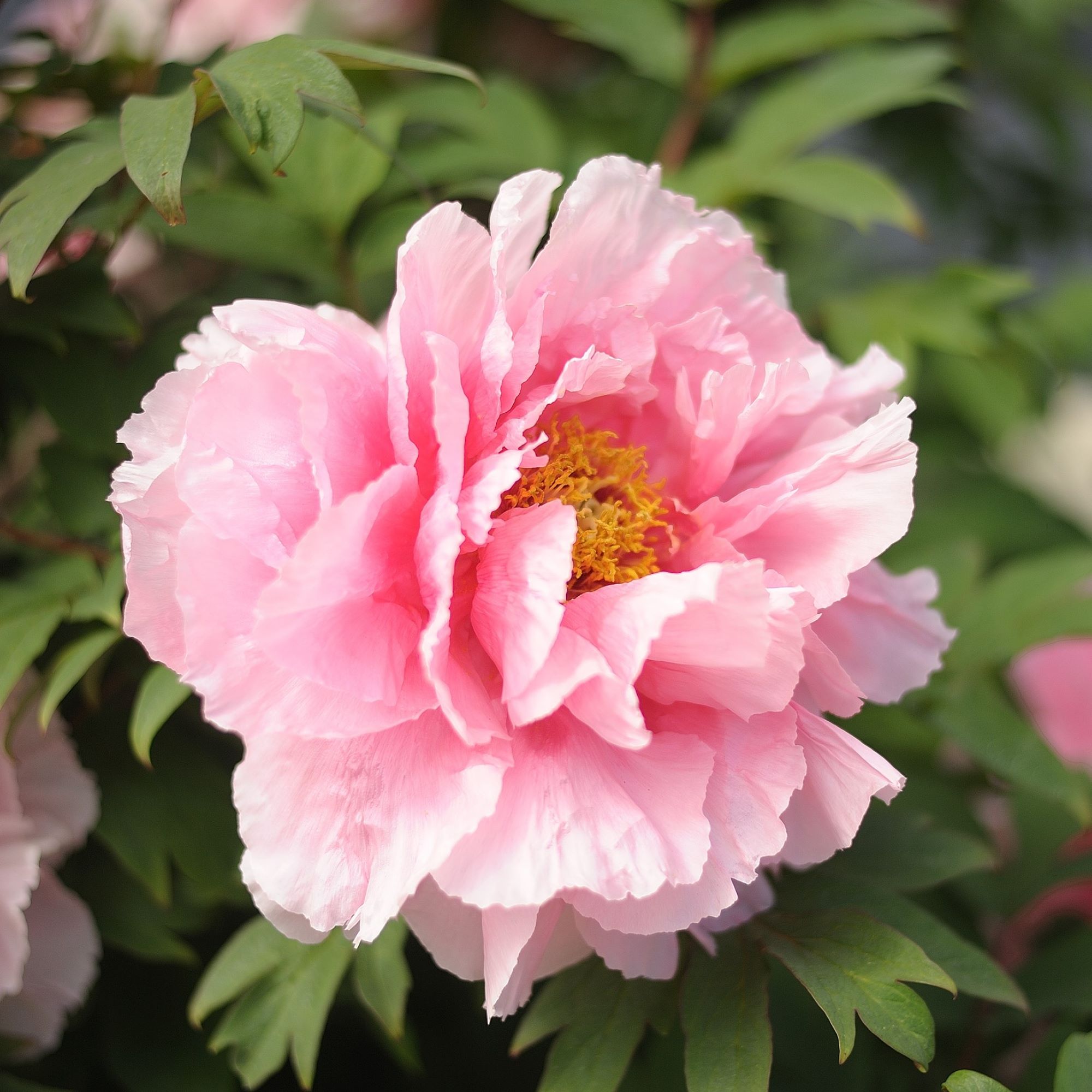
As peonies typically bloom between April and June, they’re not likely to experience sub-zero temperatures or frost. But as we live in the UK, you just never know what Mother Nature is going to throw your way.
Because of this, it’s a good idea to monitor the weather forecast and protect your peonies from harsh weather if you want to keep them blooming longer.
John Clifford, a garden expert at Gardenstone, explains, ‘Heavy rain isn't just a problem because of the excessive amount of water, but because the water droplets can be heavy and will damage the petals and structure of the plants.’
Sign up to our newsletter for style inspiration, real homes, project and garden advice and shopping know-how
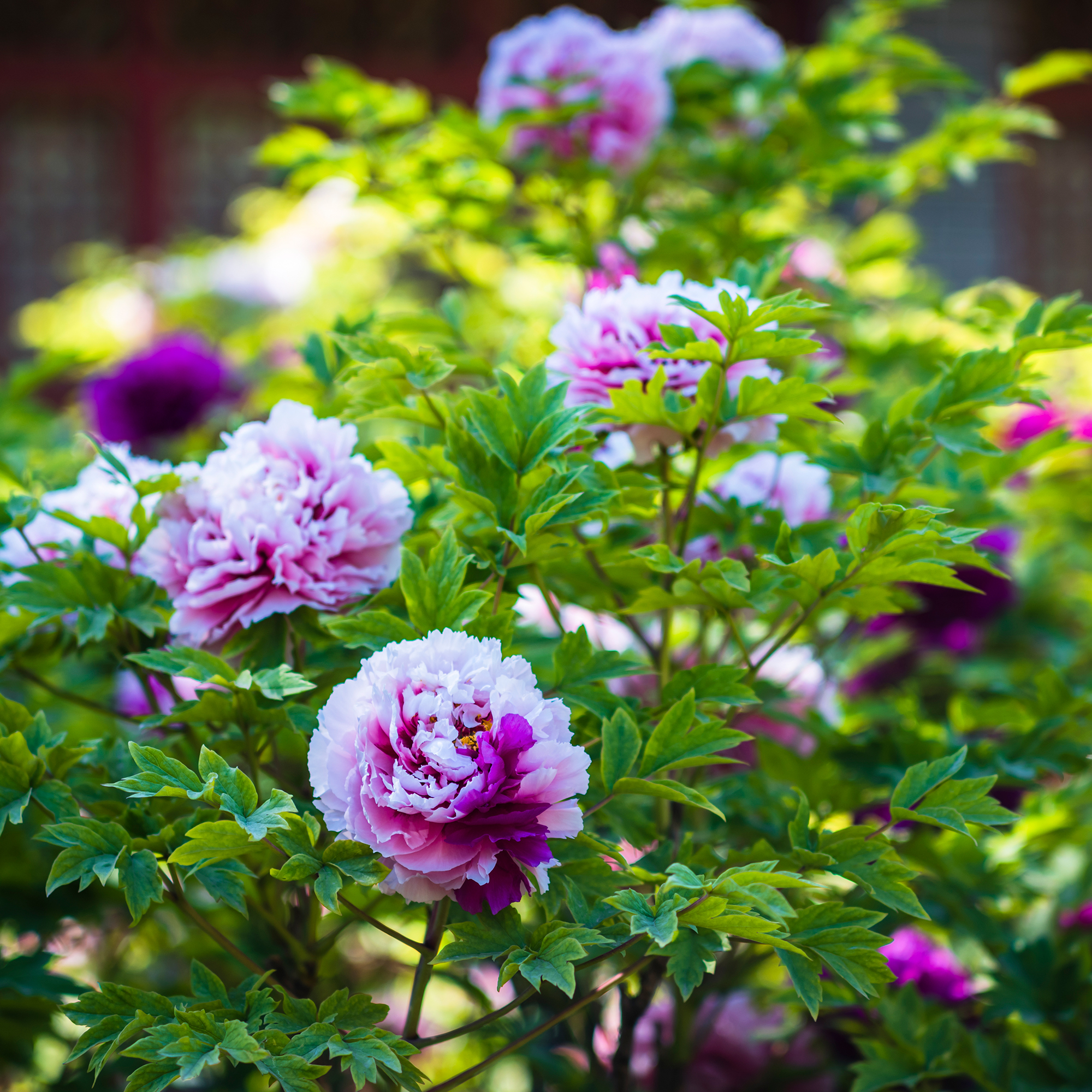
As a solution, Morris suggests, ‘If you do happen to have peonies growing where the rain could potentially damage them, you could cover them over before heavy rainfall with cloches or a temporary makeshift wooden frame covered with horticultural fleece.’
In fact, that’s almost exactly what comedian Tom Allen did in his recent Instagram post. In this video, he can be seen using a pizza oven cover and bamboo canes to form a protective cover for his peonies.
If you’re going to follow suit, however, make sure that you also use another bamboo cane to prop up the middle, as this will ensure that the water doesn’t pool and fall onto your beloved peonies! Alternatively, you could use a pop-up plant umbrella for temporary respite from the rain.
But what if there’s high winds on the horizon, too? Well, John suggests, ‘tying your peonies to supports in order for them to continue growing straight without any wind directly damaging them.’

John Clifford is a director of Gardenstone, a leading garden landscaping retailer based in the UK. With over 30 years in the gardening industry and continual work alongside The National Trust, John has amassed an extensive range of gardening and planting knowledge. Alongside his younger son, John has built a strong reputation for Gardenstone as a trusted source for both high-quality garden products and expert gardening advice.
2. Deadhead as soon as possible
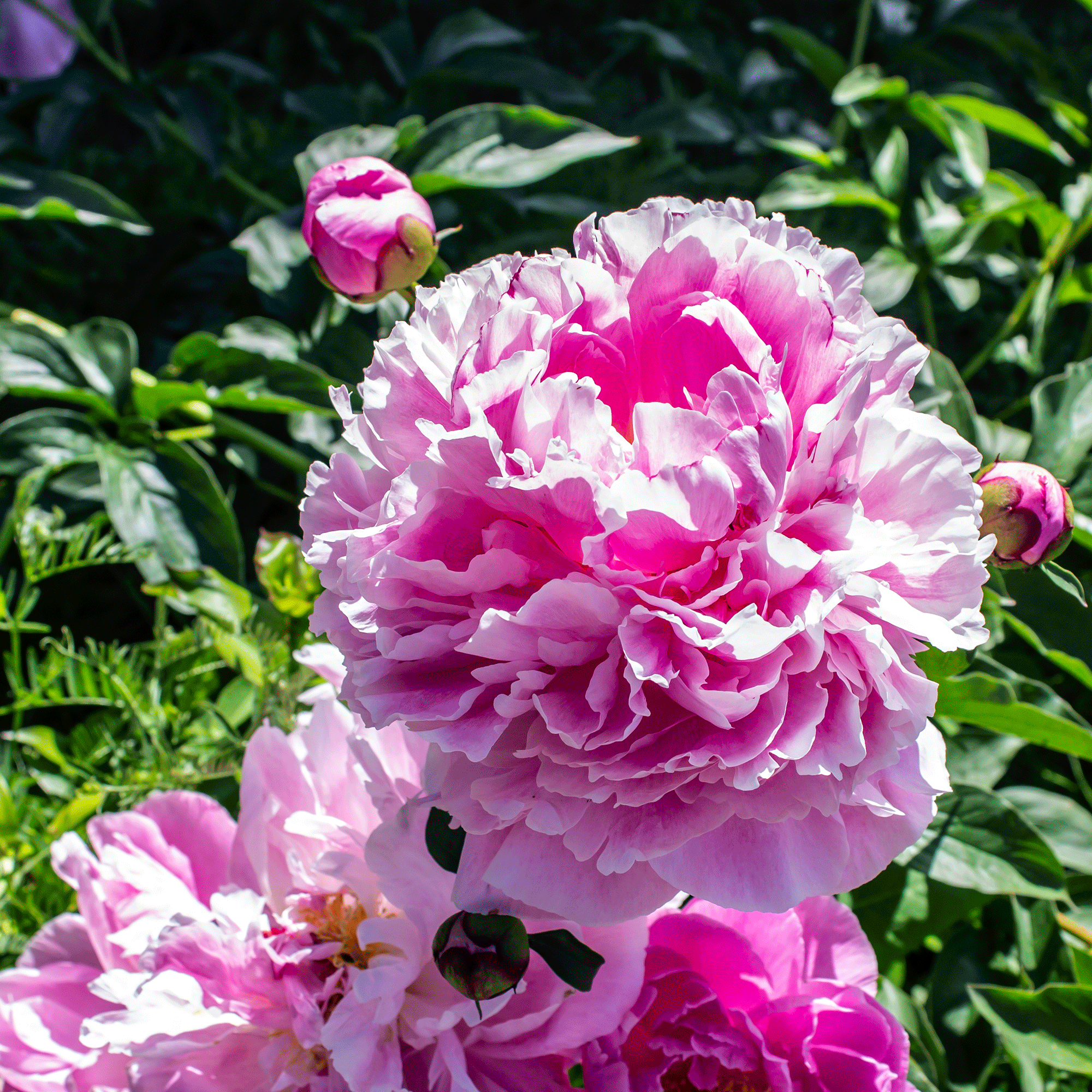
If you want to make these stunning blooms last longer, deadheading peonies should definitely be on your to-do list. And as you’ll probably be out in the garden admiring your peonies every day anyway, you should be able to track when the flowers start fading.
Alec White, Owner of Primrose Hall Peonies and author of A Love Affair with Peonies explains, ‘Once peonies have flowered, the plant will proceed to produce seedpods and seeds. Removing the flower heads once they have finished blooming means that the plant does not waste valuable food and energy in producing seedpods and seeds.’
John adds, ‘Cut off dead/faded blooms with sharp, clean scissors or pruners, and make sure you cut just above a healthy leaf node. This will help redirect the plant's energy into producing new blooms rather than producing seeds.’
In fact, this will not only help to keep them blooming this year - but also help your peony plant absorb even more energy and nutrients to send down to the bulb for next year’s blooming season, too.
3. Feed regularly
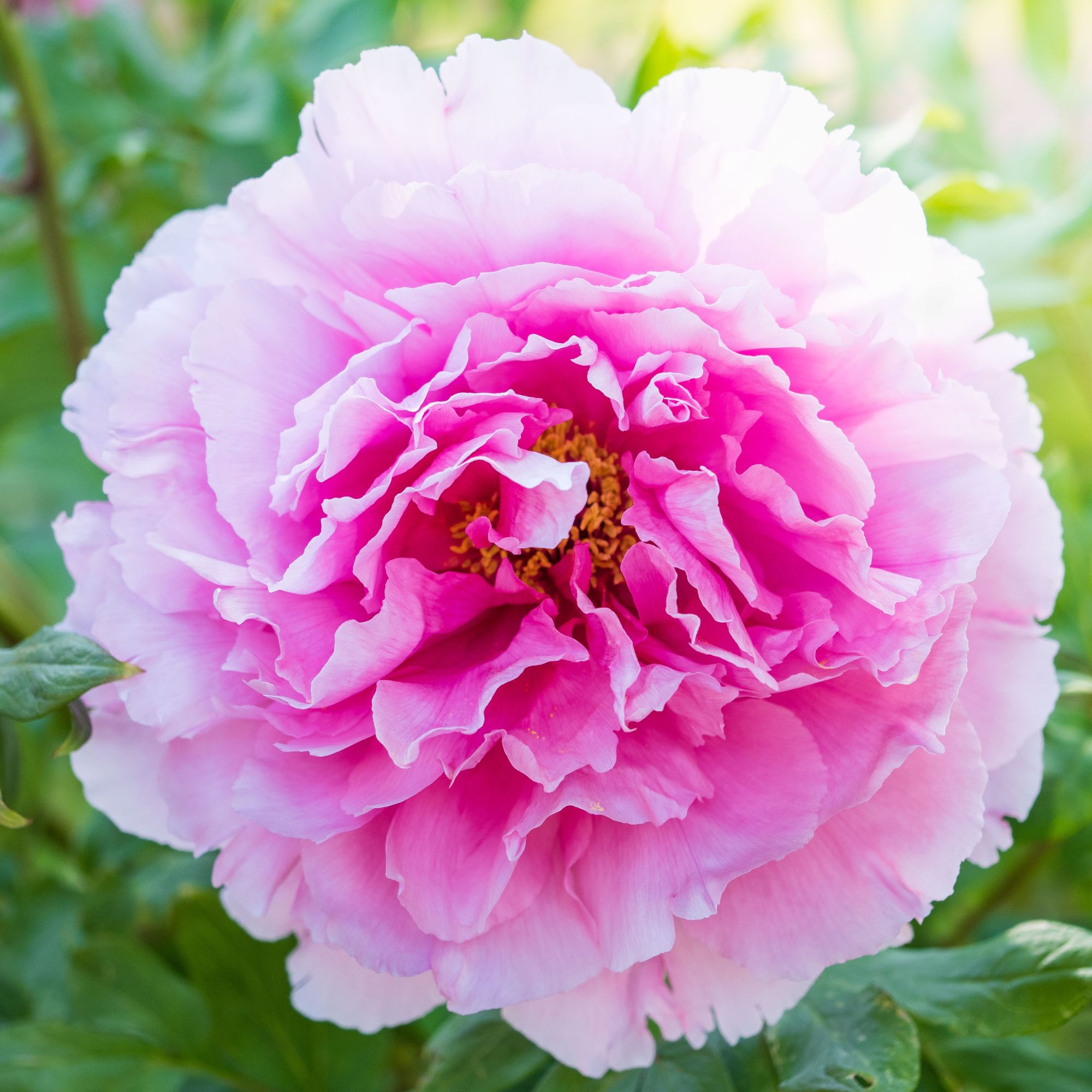
You’re not you when you’re hungry, right? And it’s safe to say that the same applies to peonies. Without the proper water or nutrients, your peonies won’t bloom to the best of their abilities - or for as long as you’d like. So, avoid making any garden watering mistakes and feed regularly.
John says, ‘Peonies benefit from strict feeding throughout their growing season. First of all, you should feed them in early spring, before the emergence of new growth. I recommend a slow-release fertiliser or a general balanced fertiliser. You should also feed them with a feed every 3 weeks during their flowering season.’
And while you can use natural fertilisers made from kitchen items, you can also buy off-the-shelf fertilisers for your peonies. Below, you’ll find a few fertiliser options to give your peonies the boost they need to flower for longer.
4. Keep on top of mulching
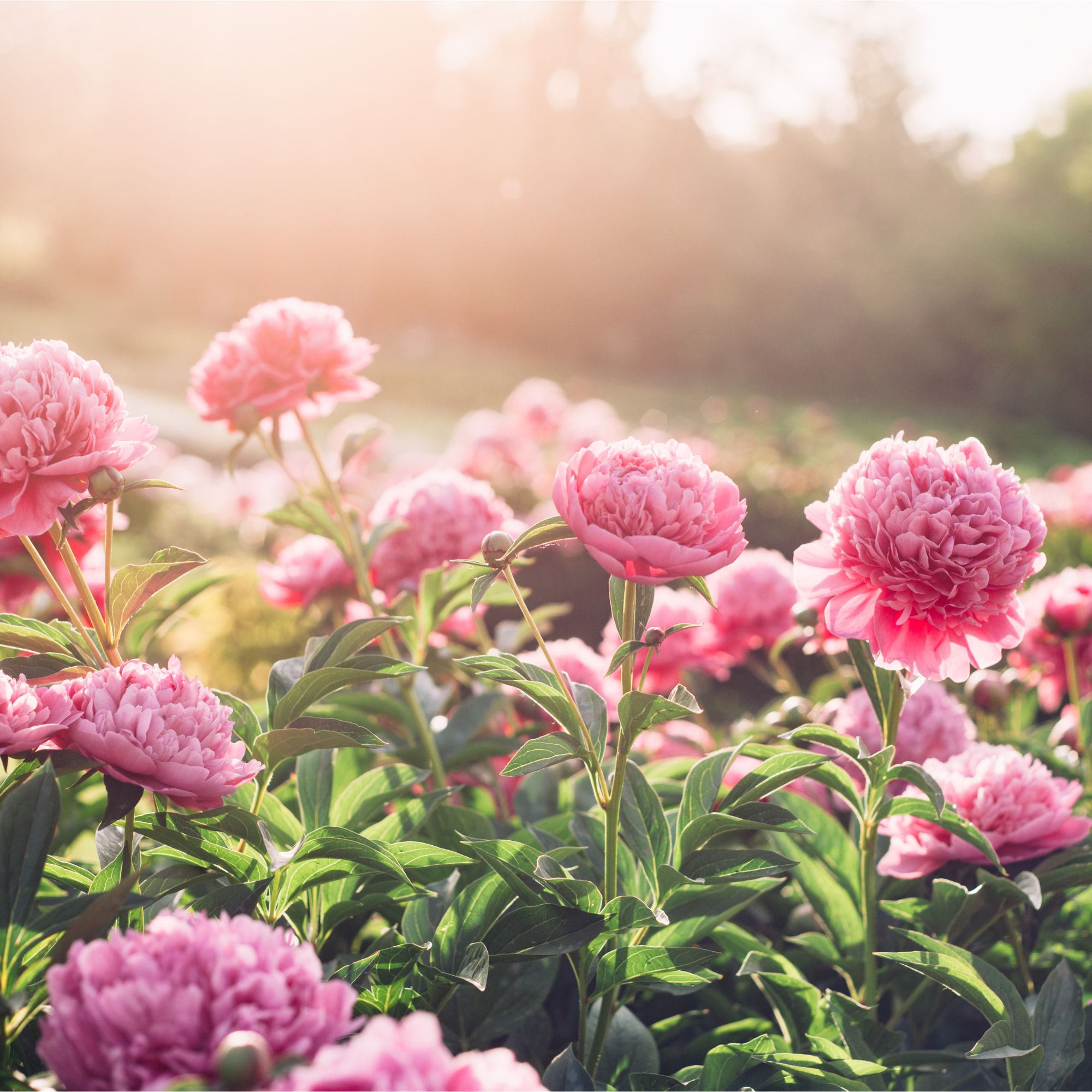
If you’re a seasoned gardener, you’ll know that mulching can make a huge difference to your plants and produce. This is especially true in the winter, as mulch can protect your plants from frost. But if you want to keep your peonies blooming for longer, mulch should also be your go-to.
‘I recommend mulching around the base of your peonies,’ advises John. ‘This will help retain moisture, suppress any weeds, and provide insulation to the roots in case of cold. Organic, natural mulches like compost, shredded bark, or leaves are ideal choices for peonies.’
However, Alec warns peony lovers to be careful when applying mulch to their plants, as it can negatively affect blooming next year.
He says, ‘It is important to remember not to plant your herbaceous peony too deep and not to bury it with mulch. Peonies like organic matter, but don’t mulch over the crown and bury your peony! Very often a peony may be flowering beautifully the previous season, and if the border has been mulched since and the peony covered too much, it might not flower the next spring.’
So, think about making your own compost, or purchasing products that will serve as the perfect mulch for your peony plants.
5. Prune after flowering
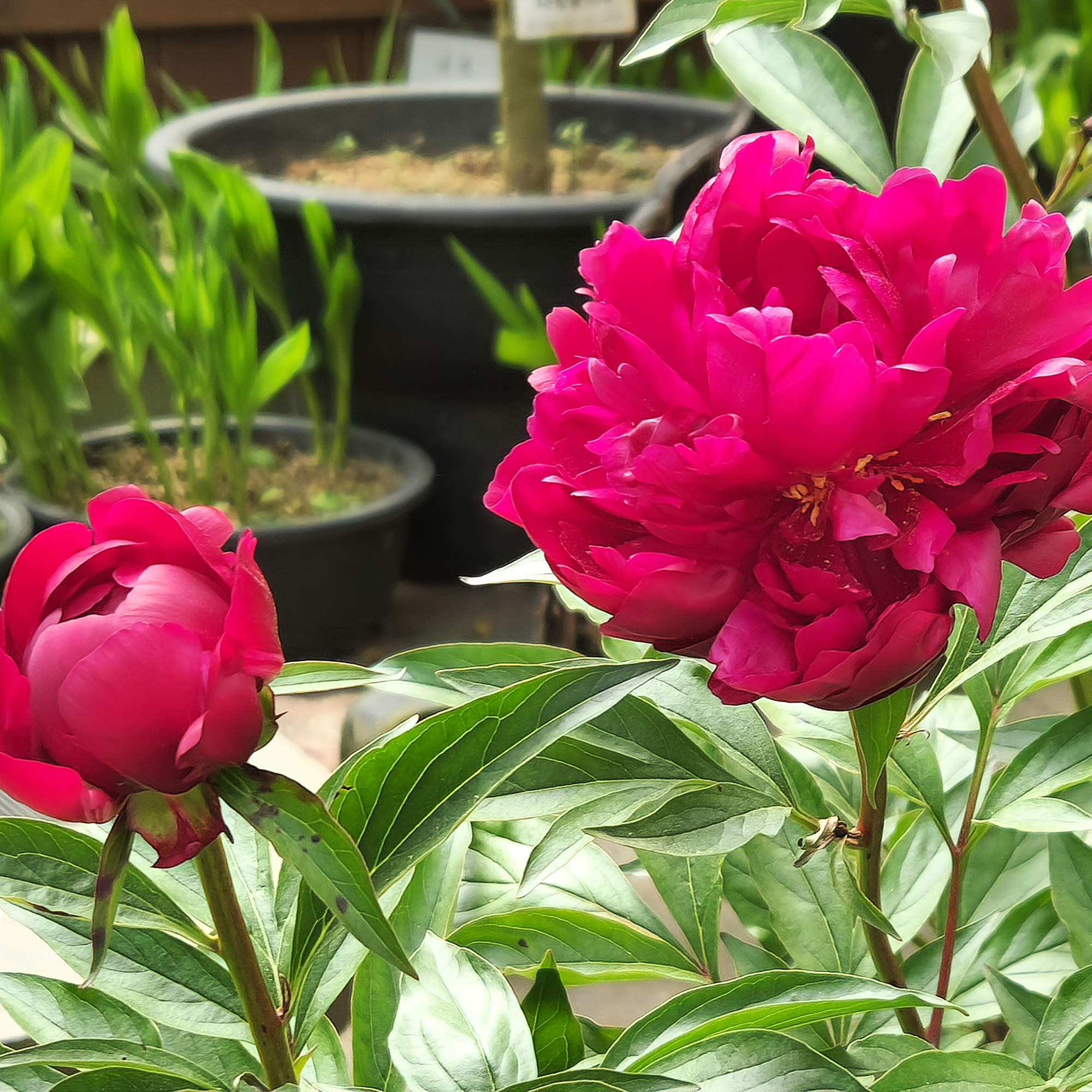
When you want to prolong the blooming period of your peonies, the idea of cutting them back sounds counter-intuitive. But having this on your radar is important, as you don’t want to make any peony pruning mistakes.
In fact, you need to know exactly when to cut back peonies, as doing so will actually help to improve and extend next year’s flowering period. John seconds this, saying, ‘I recommend regular pruning in order to maintain the shape and health of the plants.’
‘After blooming has finished, you should cut back any dead or damaged growth and remove any overcrowded stems to encourage better airflow and light penetration. This will also help to prevent any diseases and promote new growth for the next flowering season.’
Just make sure that you clean your tools beforehand.
6. Plant different varieties
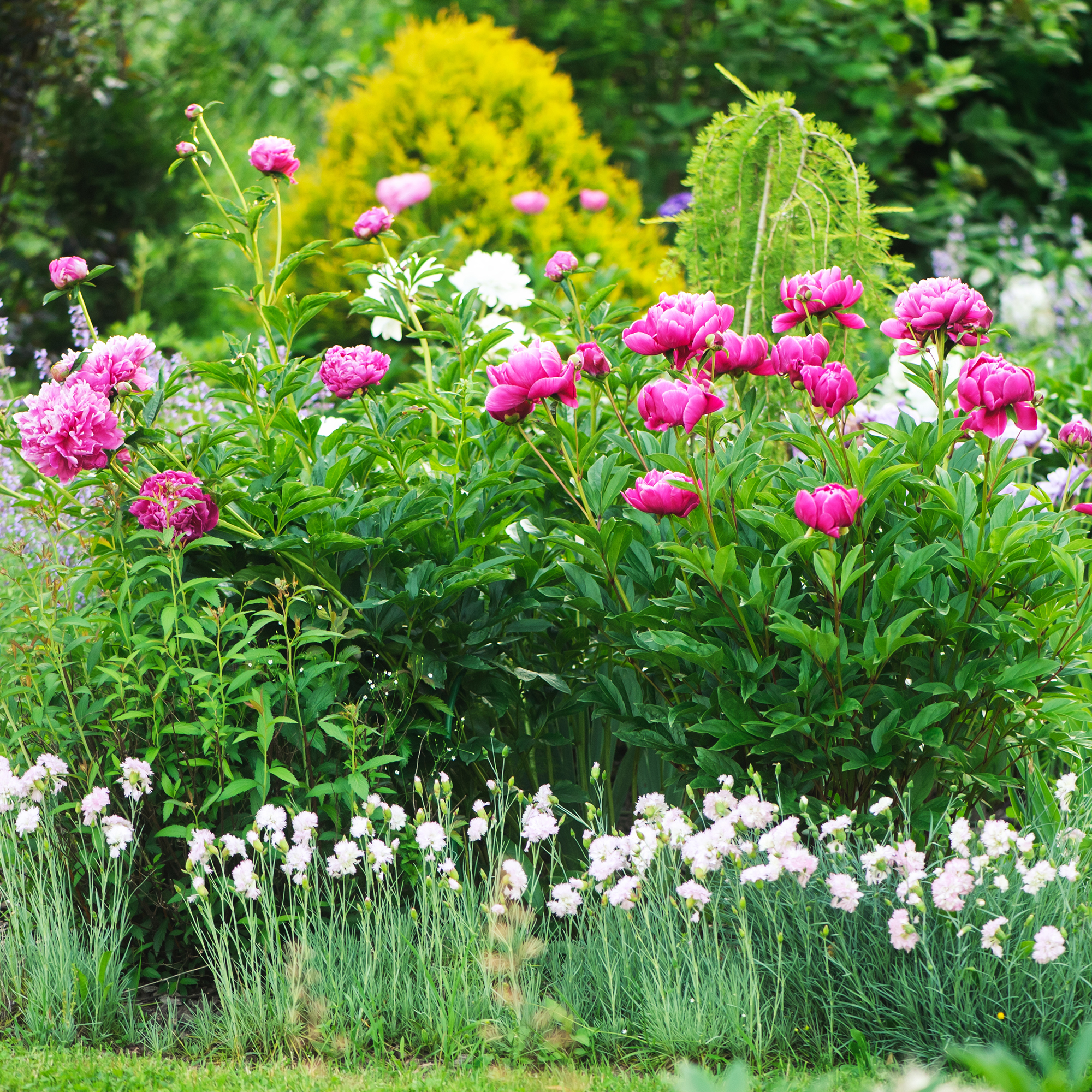
Peonies may only have a short blooming period, but what you might not realise is that different peony varieties flower at different times throughout the spring and early summer.
Because of this, one of the easiest ways to extend the flowering season of your peony garden is to plant different varieties. This way, when one peony variety starts to fade, another may start to bloom.
Alec says, ‘You can select peony plants for early, mid and late flowering season so that you have peony flowers for longer.’
And this is pretty easy to do, too, as you’ll see that peonies are split into three categories when buying them, so you can choose between early-flowering peonies, mid-season flowering peonies, and late-seasoning varieties.
By mixing things up and planting these different peonies in your garden, you can take advantage of these staggered blooming seasons. But if buying different peony varieties leaves you a little short on cash, don’t worry. You can simply propagate peonies by division for some extra freebies next year.
7. Remove smaller buds
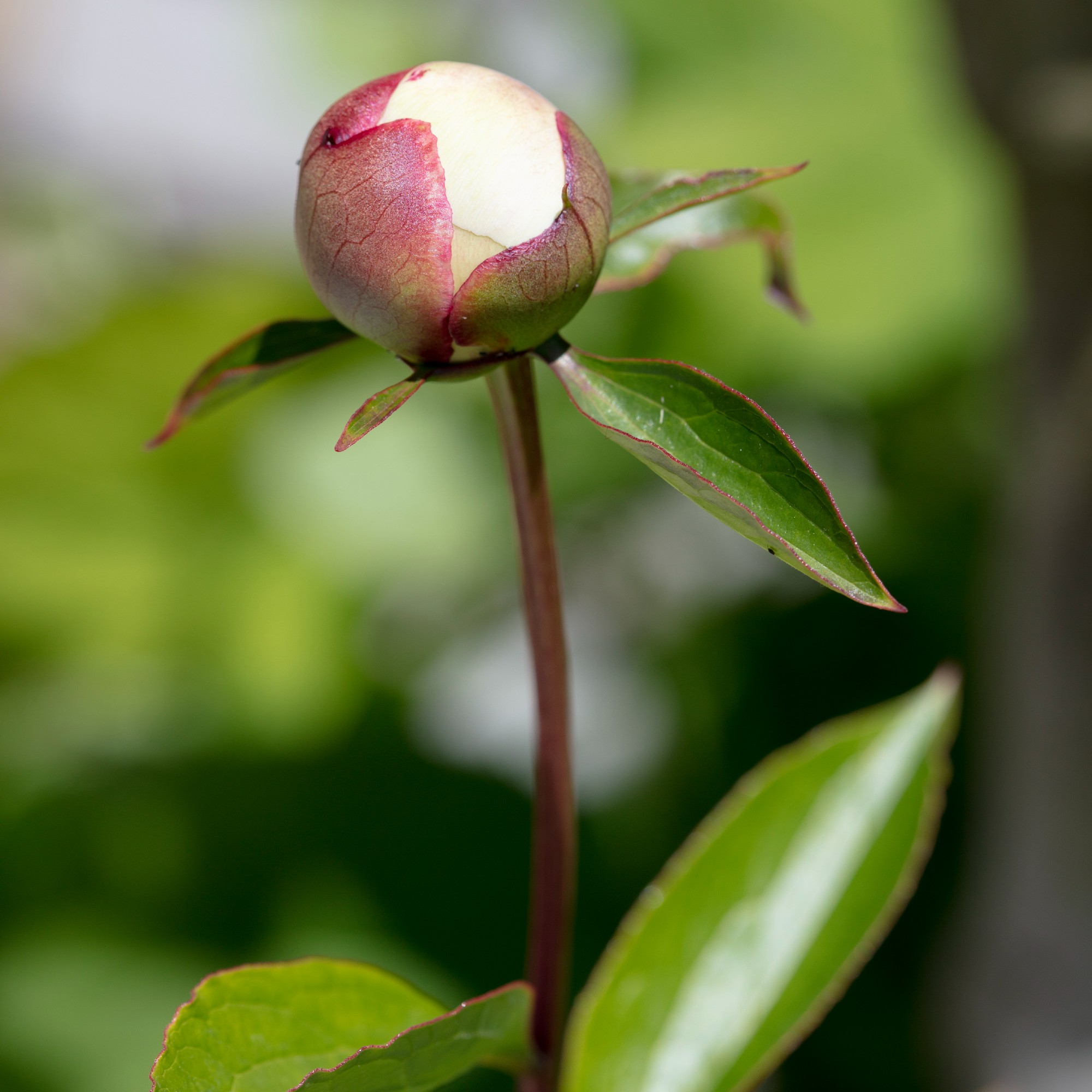
We already know that deadheading and pruning peonies can help them bloom longer, but removing smaller side buds before they properly start blooming can also be helpful.
When growing peonies to produce cut flowers, it is sometimes desirable to remove the smaller side buds, leaving the main central flower bud at the end of the stem,’ explains Alec.
‘If removed during the early stages of development whilst the side buds are very small, the plant will redirect the energy from the now removed side buds to the single bud and produce a larger, better-quality flower bloom.’
Plus, this is very easy to do and doesn’t require any specialist tools or products!
FAQs
Do peonies bloom more if you cut them?
Although cutting back peonies after flowering won’t help with the current year's blooming period, it will certainly promote healthier, happier flowers next year. Because of this, it’s well worth pruning your peonies once they have flowered.
By opening up some space, allowing airflow, and cutting away any diseases, you’ll be setting your peonies up for success for the following flowering season, which should certainly encourage them to bloom more.
Why are my peonies not flowering much?
If you’re struggling with a lack of blooms this flowering season, your peonies may be struggling with the following:
- Not enough sunlight/too much shade.
- Being planted too deep.
- Being pruned too early.
- Too little or too much fertiliser.
So, give these top tips a try if you want to extend your peony flowering season!

Lauren Bradbury has been the Content Editor for the House Manual section since January 2025 but worked with the team as a freelancer for a year and a half before that. She graduated with a Bachelor’s degree in English and Creative Writing from the University of Chichester in 2016. Then, she dipped her toe into the world of content writing, primarily focusing on home content. After years of agency work, she decided to take the plunge and become a full-time freelancer for online publications, including Real Homes and Ideal Home, before taking on this permanent role. Now, she spends her days searching for the best decluttering and cleaning hacks and creating handy how-to guides for homeowners and renters alike, as well as testing vacuums as part of her role as the Ideal Home Certified Expert in Training on Vacuums, having spent over 110 hours testing different vacuum models to date!

